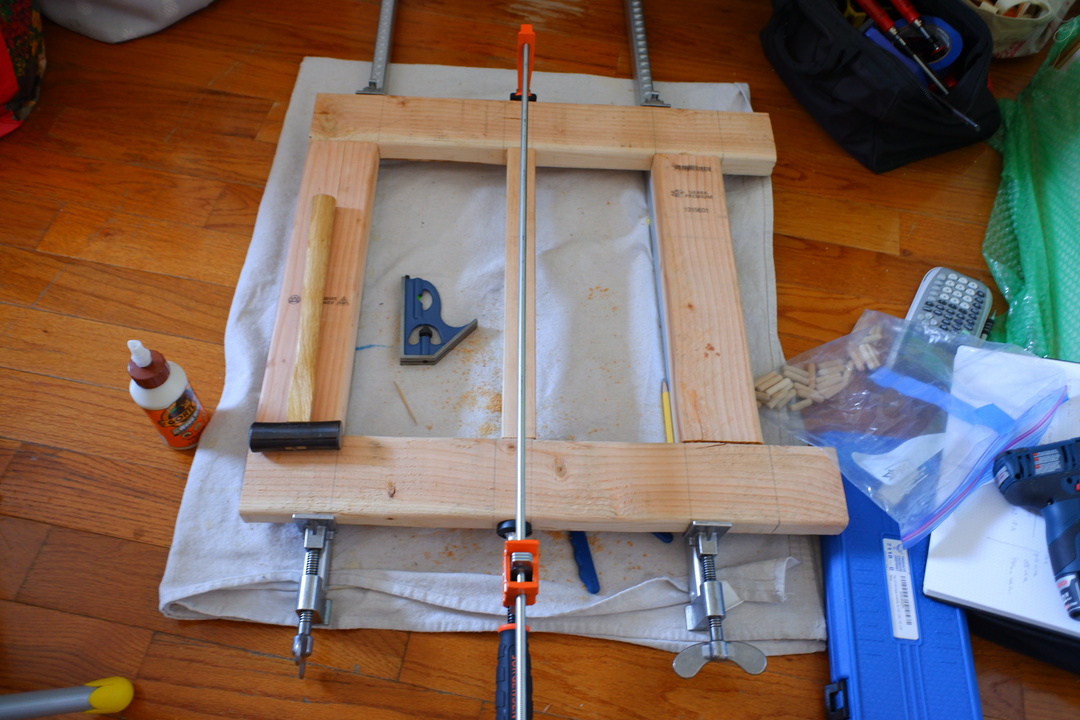Apartment Woodworking with a Novice
Woodworking
Recently, I've been struck with the crisis that all software developers get bit with at some point in their career where they long to work with their hands. For me, this desire manifested itself as a desire to build things with wood. The challenge of this is that I live in a relatively small 2 BR apartment in Brooklyn, NY, which means I barely have enough space to live, much less to create life-size pieces of furniture.
While researching, I had stumbled upon some other fine woodworkers, like this gentleman, who seems to have built a presence woodworking in their apartment; however, even their setup seems far more elaborate than anything I could reasonably have access to. Alternatively, I had the option of using a shared Makerspace, like Makeville, but their membership, which seemed on the affordable side, still seems excessive for an already steeply priced hobby.
Basically, I concluded that the best way to learn woodworking would be to do it at my apartment (which I luckily have roof access to). I prefer to spend my money on tools and supplies rather than lessons in an attempt to save as much as I can. Also, since so many woodworkers generously put free lessons on YouTube, I didn't feel like I was missing out on all too much. I was also gifted a set of Japanese ryoba saws and chisels which further lessened the barrier of entry for this expensive, expensive hobby.
I basically settled on a set of constraints for apartment woodworking that I feel are reasonable (in no real order):
- Minimal noise. I want to be a good neighbor! Sadly, this means, no hammering (which by extension limits my ability to chisel).
- No fine wood dust. My understanding is that without good airflow or a shop vaccuum, fine wood dust is quite dangerous for your health. If I do need to do something that produces fine wood dust, like sanding, I have the option of using my roof to minimize the amount that gets dispersed indoors.
- No big power tools. I simply don't have the space, and they produce too much fine dust to safely use in a living space.
- Buy wood cut-to-size. There are a few places around me that are accessible by public transit that will cut wood to size. Unfortunately, they aren't extremely precise, but they seemed fine for my first big project (a medium-sized workbench). I also know a good place in Sunset Park that only cuts plywood that is extremely precise. If I can minimize the amount of cutting I need to do myself, it will save me from the mess at home. Plus, big 8' pieces of lumber are just hard to transport without a car!
With those constraints in mind, it's not an exaggeration to say that I am severly limited in what I can and can't do. But, I'm hoping that those limitations can be overcome with a little bit creativity! This blog will document my journey (among other things) with figuring out my way around woodworking in a small NYC apartment. I don't think I'll produce fine-woodworking quality stuff, but it will be fine (in the other sense of the word).
